In an era of complex full-suspension rigs, the aluminium hardtail mountain bike holds a special, enduring appeal. It’s not about nostalgia; it’s about a distinct, exhilarating riding experience defined by purity, efficiency, and a direct connection to the trail that modern aluminium frames elevate perfectly.
Why Choose the Aluminium Hardtail?
- Unbeatable Efficiency: Every watt of your pedal power translates directly into forward motion. Aluminium frames offer fantastic stiffness, ensuring minimal energy loss. You feel faster, especially on climbs and flowing singletrack where acceleration is key.
- Trail Telepathy: Without rear suspension, you feel every root, rock, and contour. This direct feedback sharpens your skills, improves your line choice, and creates an incredibly immersive, connected ride. You learn to flow with the trail, not just float over it.
- Lively & Playful: Modern aluminium frames are surprisingly compliant, offering a lively, responsive feel. The hardtail design encourages popping off features, manualing, and flicking the bike around with agility – pure, unadulterated fun.
- Robust & Reliable: Aluminium is tough. It shrugs off rock strikes and minor crashes. Combine that with the inherent simplicity of a hardtail (fewer pivots, less maintenance), and you have a bike built for relentless trail duty and adventure, season after season.
- Incredible Value: You get serious performance and durability without the high cost and maintenance of rear suspension. This frees up budget for higher-quality components elsewhere.
The Modern Aluminium Hardtail: Evolved & Capable
The Trifox PeakTrail Xtreme MK7 exemplifies this allure. It’s not your grandad's rigid bike. Featuring:
- A lightweight, hydroformed aluminium frame with optimized tubing for strength and ride quality.
- Aggressive, modern geometry for confident descending and stability at speed.
- Premium suspension fork (like the Suntour Raidon) to smooth out the front end.
- High-performance drivetrain (Shimano SLX/XT) and powerful disc brakes for precise control.
Who Thrives on a Hardtail?
- Skill Builders: Learn proper technique and become a better rider.
- XC & Trail Racers: Maximize speed and efficiency.
- Value Seekers: Get top-tier performance without breaking the bank.
- Adventure Riders: Dependable, low-maintenance exploration machines.
- Riders Craving Connection: Those who want to truly feel the trail beneath them.
Ready to Embrace the Purity?
Experience the direct thrill and undeniable efficiency of a modern aluminium hardtail. The Trifox PeakTrail Xtreme MK7 delivers the perfect blend of performance, durability, and pure trail feedback. Rediscover why the hardtail remains a cornerstone of mountain biking.
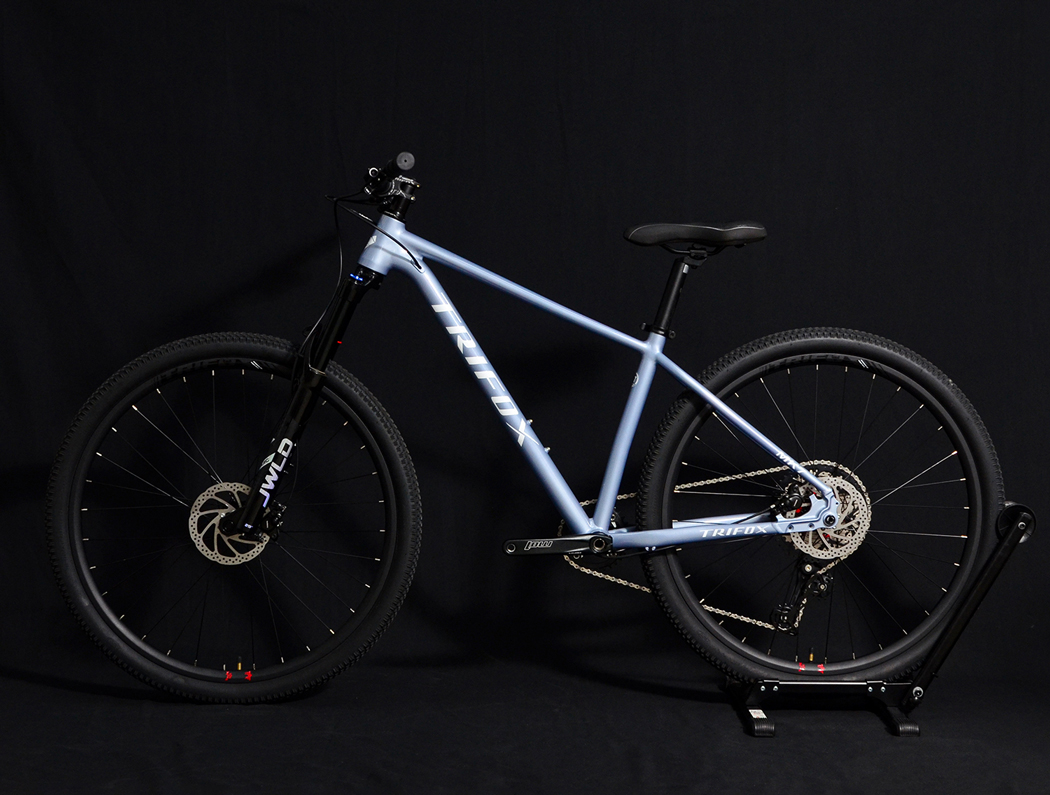
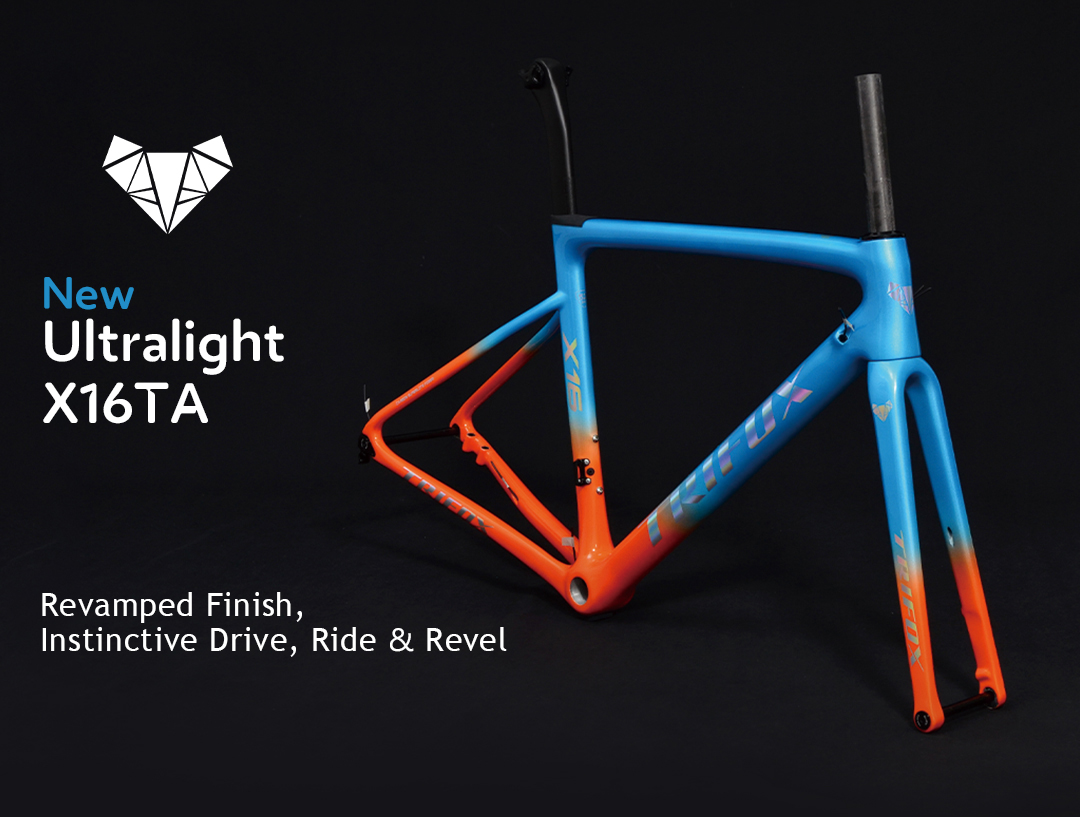
Forget marginal gains – shedding significant weight from your bike's core fundamentally revolutionizes your experience. A super light frame isn't just a number; it's the key to unlocking a new dimension of riding.
The most dramatic transformation? Climbing. Less mass means defying gravity requires drastically less effort. Every pedal stroke feels more efficient, translating directly to faster ascents and reduced fatigue. Hills become challenges to relish, not dread. You accelerate quicker, maintaining momentum with newfound ease.
But the magic extends beyond going up. A lightweight frame enhances handling profoundly. It's more responsive to steering inputs, making cornering sharper and more intuitive. The bike feels like an extension of your body, dancing beneath you with agility. This flickability boosts confidence on descents and technical sections.
Acceleration is where a super light frame truly shines. Whether launching from a stop sign or surging out of a corner, the reduced inertia means the bike leaps forward with minimal effort. It feels eager, alive, translating your power into speed instantaneously. You spend less energy overcoming inertia and more maintaining exhilarating velocity.
The overall ride feel becomes exhilaratingly direct. Road buzz and minor imperfections are communicated, but the frame's stiffness (often inherent in lightweight designs like carbon) ensures power transfer is immediate and precise. You feel connected, efficient, and incredibly fast.
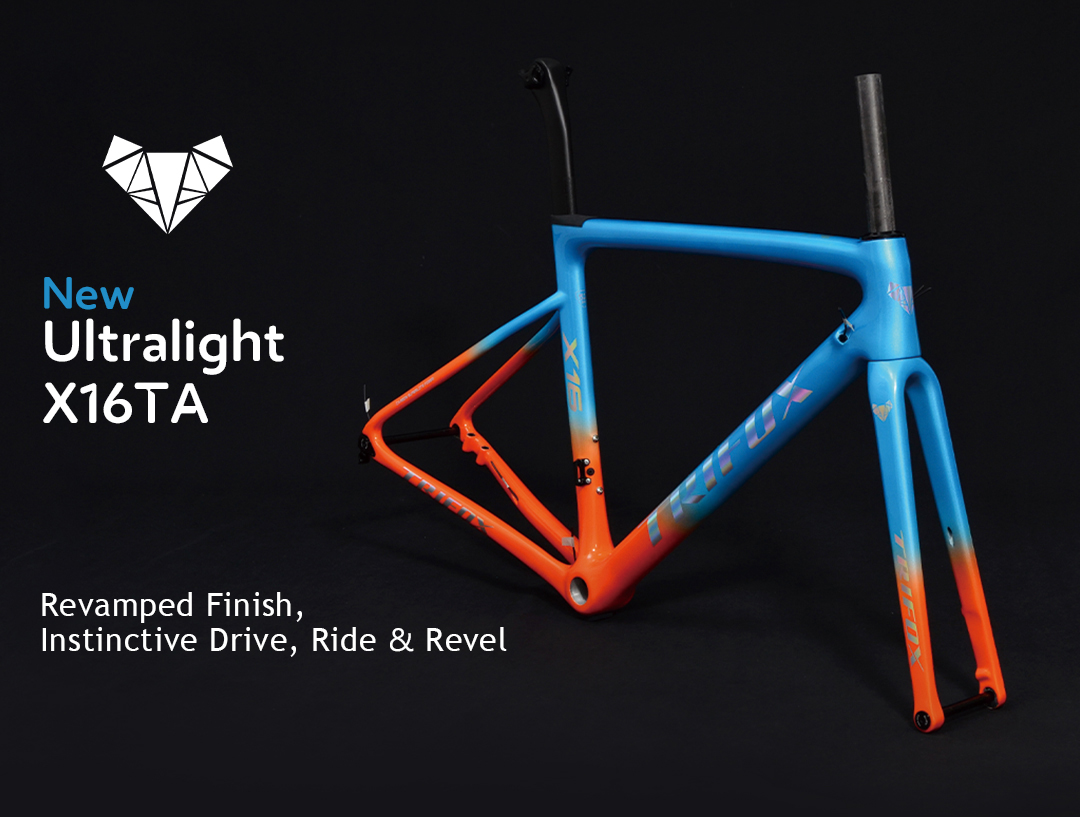
Experience this transformation: Ready to feel the climb vanish and the road come alive? The Trifox X16TA Disc Brake Lightweight Carbon Road Bike Frame embodies this revolution. Engineered for minimal weight and maximum performance, it's the foundation for your fastest, most responsive ride yet. Discover how a super light frame changes everything: Less weight, more ride.
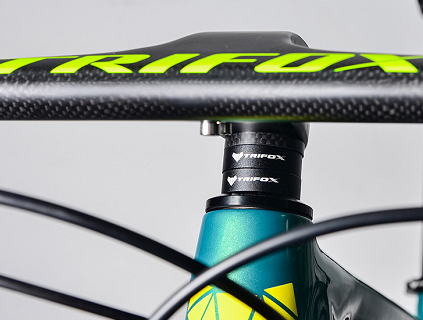
Don't underestimate those humble rings stacked on your steerer tube! Stem spacers are silent heroes in dialing your bike's feel. Positioned above or below your stem, they fine-tune your cockpit’s height – impacting comfort, control, and speed. Here's how:
1. Fit & Comfort:
Spacers directly influence your stack height – the vertical distance from the bottom bracket to the stem. More spacers (or spacers below the stem) create a taller, more upright riding position. This:
Reduces strain on your back, neck, and wrists.
Improves comfort on long climbs or endurance rides.
Opens your chest for better breathing.
Fewer spacers (or spacers moved above the stem) lowers your front end for a more aggressive, aerodynamic posture – ideal for racing or maximizing power transfer.
2. Handling & Stability:
Raising your stem with spacers shifts your weight slightly rearward. This:
Makes steering feel slightly slower and more stable, especially at high speeds or on steep descents.
Increases front-wheel traction for confident cornering.
Lowering the stem shifts weight forward:
Quickens steering response for technical, twisty trails.
3. The Sweet Spot:
Finding your ideal spacer setup balances comfort and control:
XC/Endurance Riders: Often prefer more spacers for comfort during long efforts.
Trail/Downhill Riders: May run fewer spacers (or a slammed stem) for aggressive handling and weight distribution on descents.
Experiment Wisely: Adjust in 5-10mm increments. Never exceed your fork's steerer tube limit! Always leave a 3-5mm spacer above the stem for proper headset preload.
Pro Tip: Use durable, lightweight alloy spacers like Trifox's Precision Spacers. They maintain secure clamping force, resist corrosion, and keep your cockpit clean during adjustments.
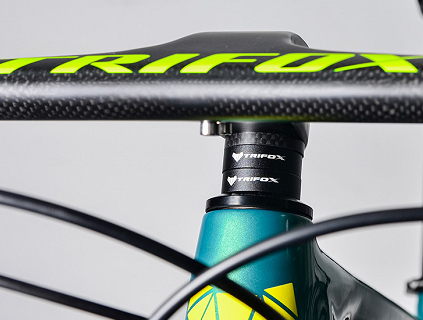
The Takeaway:
Stem spacers are free performance tuning! Dialing your stack height optimizes your body's interaction with the bike. A minor tweak can reduce fatigue, boost confidence, and transform your ride. Don't just set it and forget it – experiment safely to find your perfect balance.
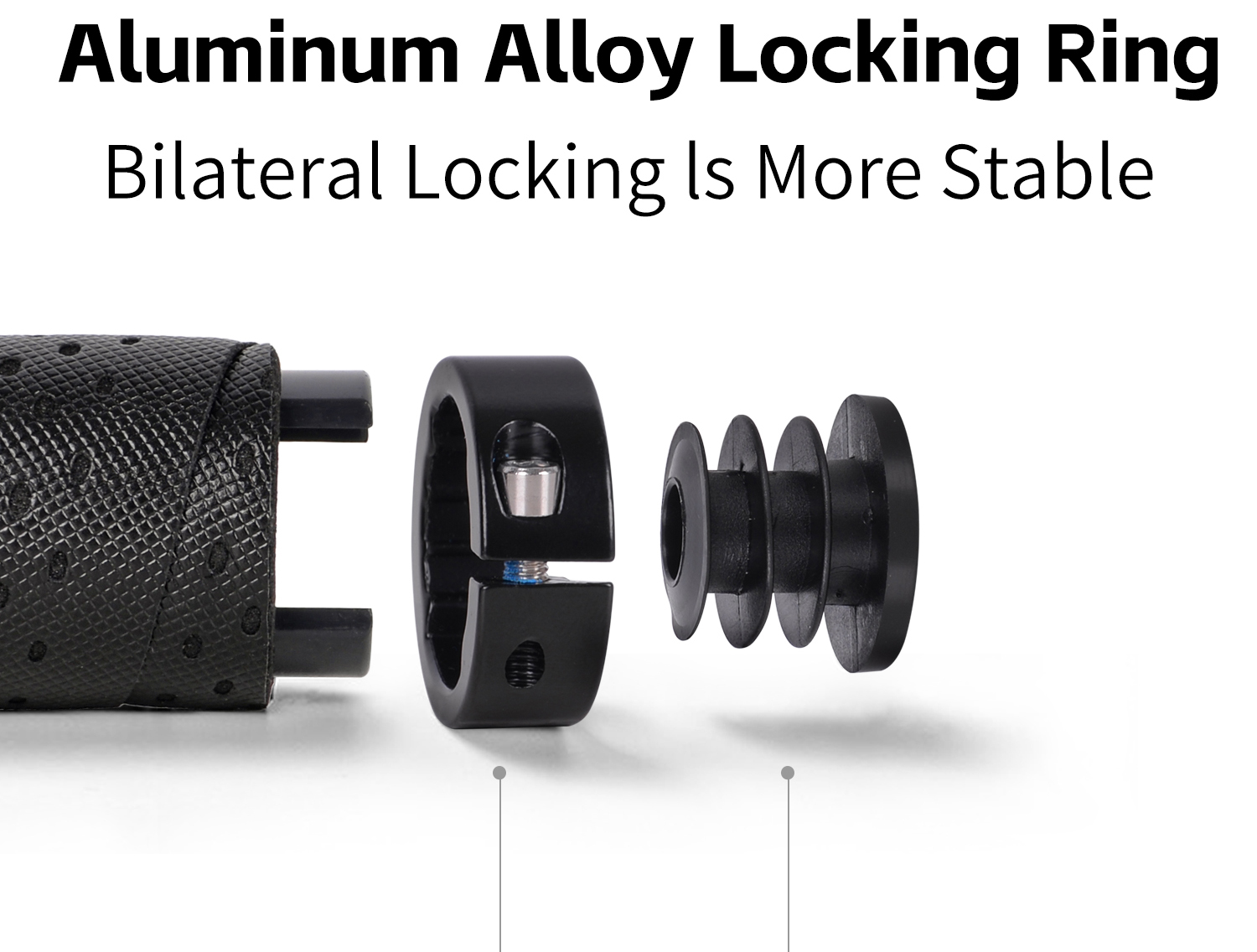
They're small, often overlooked, but your connection to the bike: handlebar grips. Choosing the right pair transforms control, comfort, and confidence on the trail. Forget one-size-fits-all – your perfect grip depends on riding style, hand size, and terrain. Here’s how to find your match:
1. Diameter & Feel:
Standard grips (typically ~30mm diameter) suit most riders. Larger diameters (32-34mm) reduce pressure points and suit bigger hands or those seeking vibration damping. Slimmer grips (28mm) offer precise control for technical riders. Consider cushioning density – soft grips absorb chatter but may lack precision; firmer grips boost feedback for aggressive riding.
2. Pattern & Tread:
Ribbed/Twin-Pattern: Balages grip and vibration absorption. Versatile for trail/enduro.
Knobby/Aggressive: Maximizes grip in wet/muddy conditions or for downhill. Can feel harsh on long rides.
Smooth/Minimalist: Lightweight and comfy for XC/less technical terrain.
3. Lock-On vs. Slide-On:
Lock-On grips (like the Trifox MBT100) feature aluminum clamps for secure, slip-free installation. Essential for rough trails, wet conditions, or riders preferring zero rotation. Slide-ons are lighter but require glue/wire and can twist.
4. Length & Flange:
Standard lengths (~130-135mm) fit most. Longer grips (~140mm) support multiple hand positions (e.g., cornering, climbing). Flanges provide a wrist stop for steep descents; flange-less offer a cleaner look and more hand placement options.
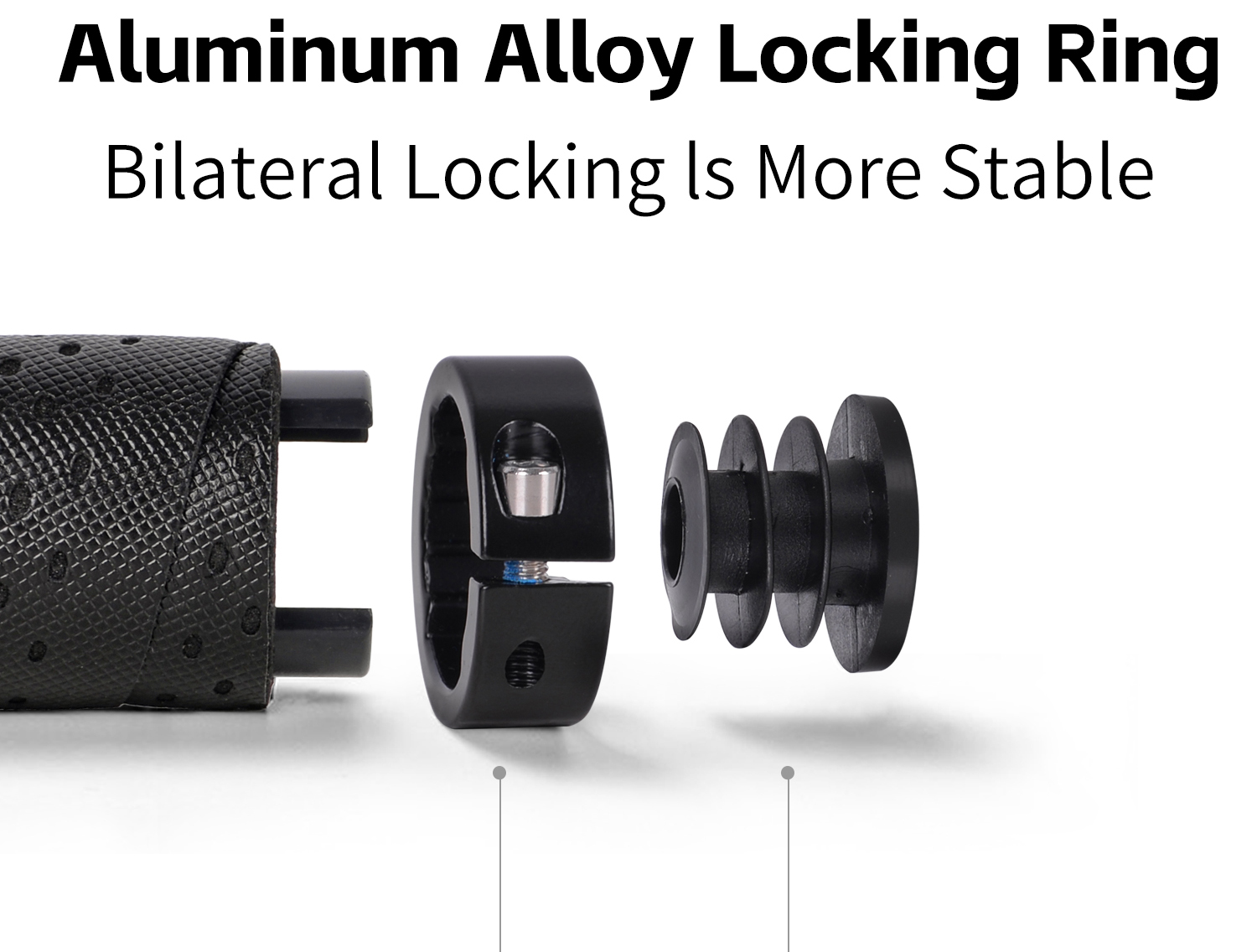
Why Consider the Trifox MBT100?
Dual-Density Construction: Firmer outer tread for precise control + softer inner base for vibration damping.
Aggressive Diamond Tread: Confident grip in all conditions without compromising comfort.
Durable Aluminum Clamps: Tool-free, secure installation that withstands impacts and mud.
Optimized Length (133mm): Versatile for most hand sizes and riding styles.
The Takeaway:
Don't settle for numb hands or slipping control. Experiment! Consider your trails, hand size, and preferences. Grips like the MBT100 offer a balanced, reliable upgrade – enhancing your connection to the trail without breaking the bank.
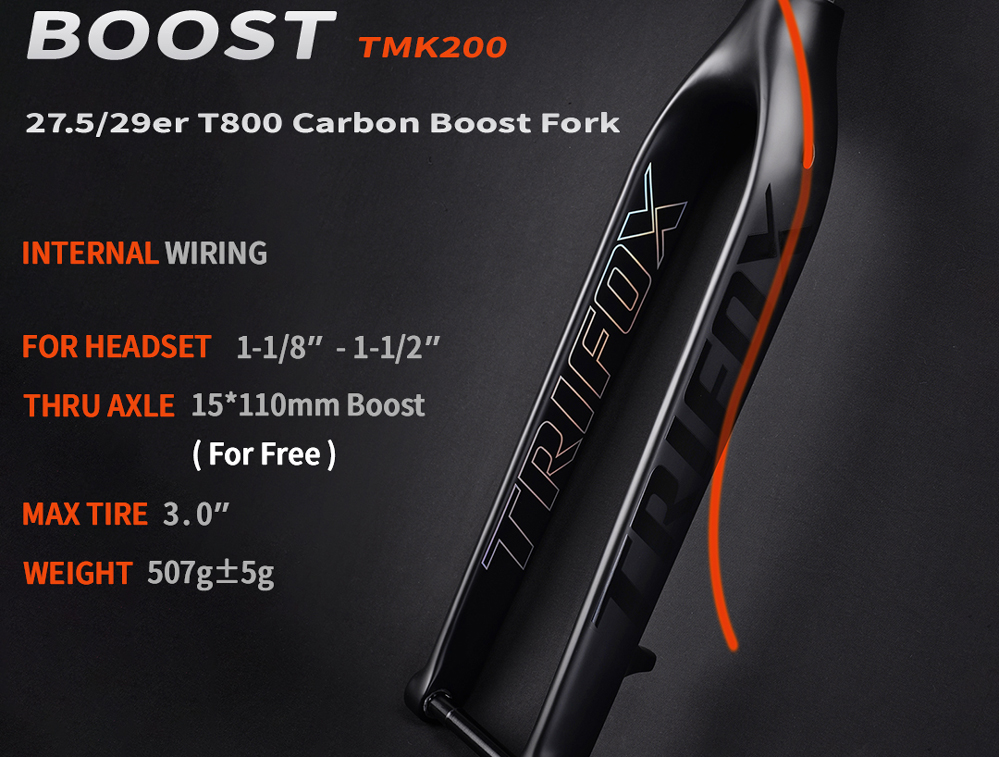
The 27.5" trail bike strikes a legendary balance: agile enough for tight corners, stable enough for chunk, and playful everywhere. But for years, a critical component often held them back – the fork. Enter high-modulus wonders like the Trifox T800 Carbon Boost Fork, fundamentally changing the game for 27.5" riders seeking pure trail performance.
The Weight Revolution:
Traditional alloy or lower-grade carbon forks add significant heft up front. T800 carbon fiber, renowned for its exceptional stiffness-to-weight ratio, slashes grams dramatically. Forks like the Trifox TMK200 tip the scales around a mere 450g. This unsprung weight reduction is transformative: your 27.5" bike becomes noticeably nimbler, accelerates faster, and flicks through technical sections with telepathic responsiveness. Climbing feels less of a chore as the front end stays light and precise.
Stiffness Meets Trail Agility:
Weight savings mean nothing without control. T800 carbon delivers incredible torsional and lateral stiffness. Paired precisely with the Boost 110x15mm thru-axle standard, this fork eliminates flex under hard cornering or braking. Your 27.5" wheels track exactly where you point them, inspiring confidence through loose berms and off-camber roots. Power transfer is direct, making every pedal stroke count. This stiffness isn't harsh; modern carbon layups absorb high-frequency trail buzz beautifully, enhancing control without sacrificing comfort on long descents.
Optimized for the Platform:
The 27.5" wheel thrives on quick handling and maneuverability. A rigid carbon fork like this amplifies those traits. Without suspension bobbing or diving, you get pure, unadulterated feedback from the trail. Steering input is immediate, fostering a deeply connected, "ride the tire" experience that sharpens skills and heightens fun. The tapered steerer tube ensures precise handling and integrates seamlessly with modern frames. Plus, the Boost spacing allows clearance for wider 27.5+ tires (often up to 2.8"), adding versatility for different terrains.
Durability & Simplicity:
文字
High-quality T800 carbon isn't just light and stiff; it's incredibly strong and fatigue-resistant. Rigid forks also ditch complex suspension components – no seals to service, no oil to change, no air springs to tune. It's maintenance simplicity defined, offering reliable performance ride after ride with minimal fuss. Disc brake specific (flat mount or post mount) ensures powerful, consistent stopping power.
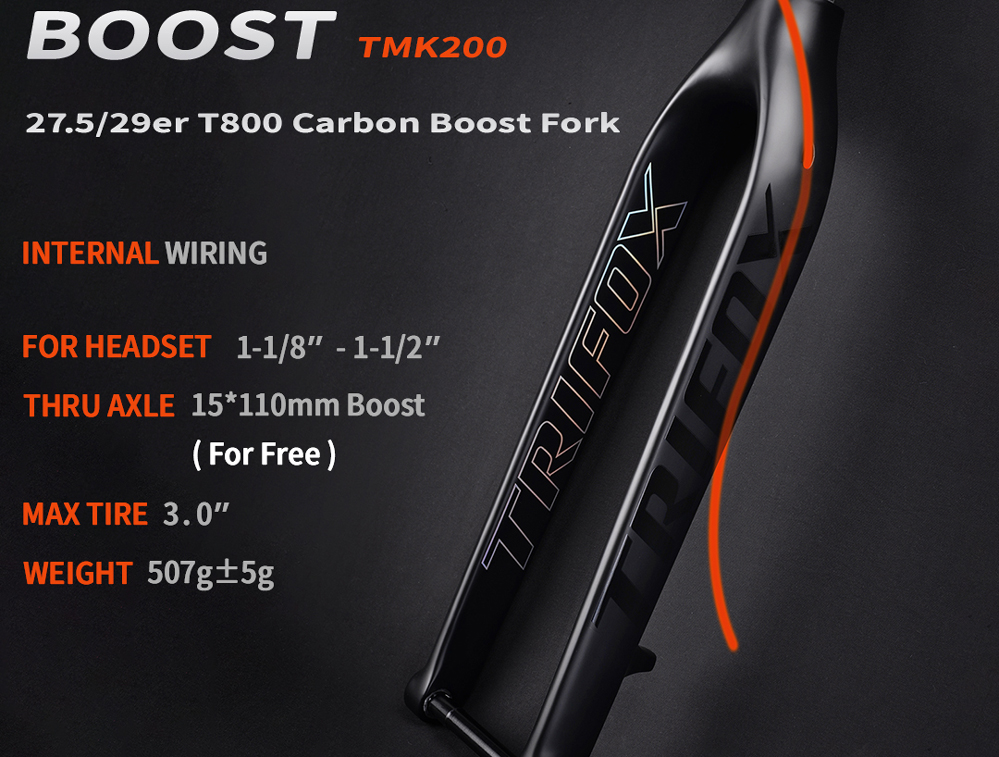
The Verdict:
For 27.5" trail riders prioritizing agility, efficiency, and a pure connection to the trail, the T800 Carbon Boost fork isn't just an upgrade; it's a revelation. It unlocks the platform's inherent playfulness by shedding weight, boosting stiffness, and delivering unmatched precision. If you crave a more responsive, lively, and engaging ride from your 27.5" steed, this technology is the key. It transforms your bike into a sharper, faster, and more rewarding partner on every trail.
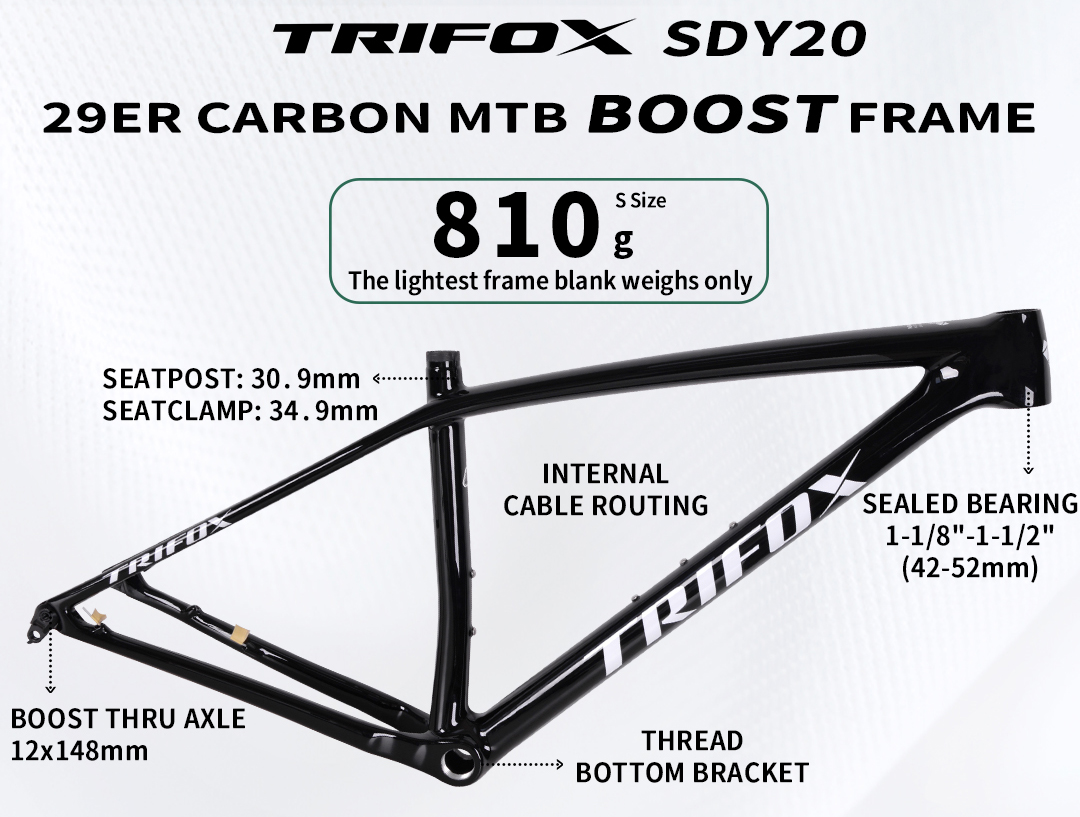
In mountain biking, weight is gravity’s currency. For racers and climb-obsessed riders, every gram shaved unlocks speed, agility, and that precious edge over rivals. At Trifox, this obsession birthed the SDY20 hardtail frame – their lightest 29er carbon chassis ever, engineered to turn ascents into triumphs.
The Magic Number: 930g
Weighing just 930 grams (size S, unpainted), the SDY20 isn’t just light – it’s a feat of carbon optimization. Using T1000 carbon with refined layering, Trifox achieves staggering stiffness-to-weight while maintaining trail-taming compliance. This frame isn’t delicate; it’s intelligently minimal.
Why Lighter = Faster?
- Acceleration: Less mass to propel uphill = instant response when you stamp the pedals.
- Agility: Flickable on switchbacks and effortless to loft over roots.
- Endurance: Reduced fatigue = more watts left for the final kick.
Race-Ready DNA Beyond Weight:
- XC Geometry: A 68.5° head angle and 445mm reach balance stability and razor-sharp precision.
- Boost Spacing: 148x12mm rear / 110x15mm front maximize stiffness and wheel compatibility.
- Stealth Integration: Full internal routing (brakes + dropper) for clean looks and snag-free rock gardens.
Modern Trail Specs: 1x-only, tapered head tube, and room for 2.4" tires.
Who Is the SDY20 For?
- XC Racers: Chase podiums with a frame born for efficiency.
- Climb Conquerors: Transform suffering into flow.
- Weight Weenies: The ultimate gram-shavers'canvas.
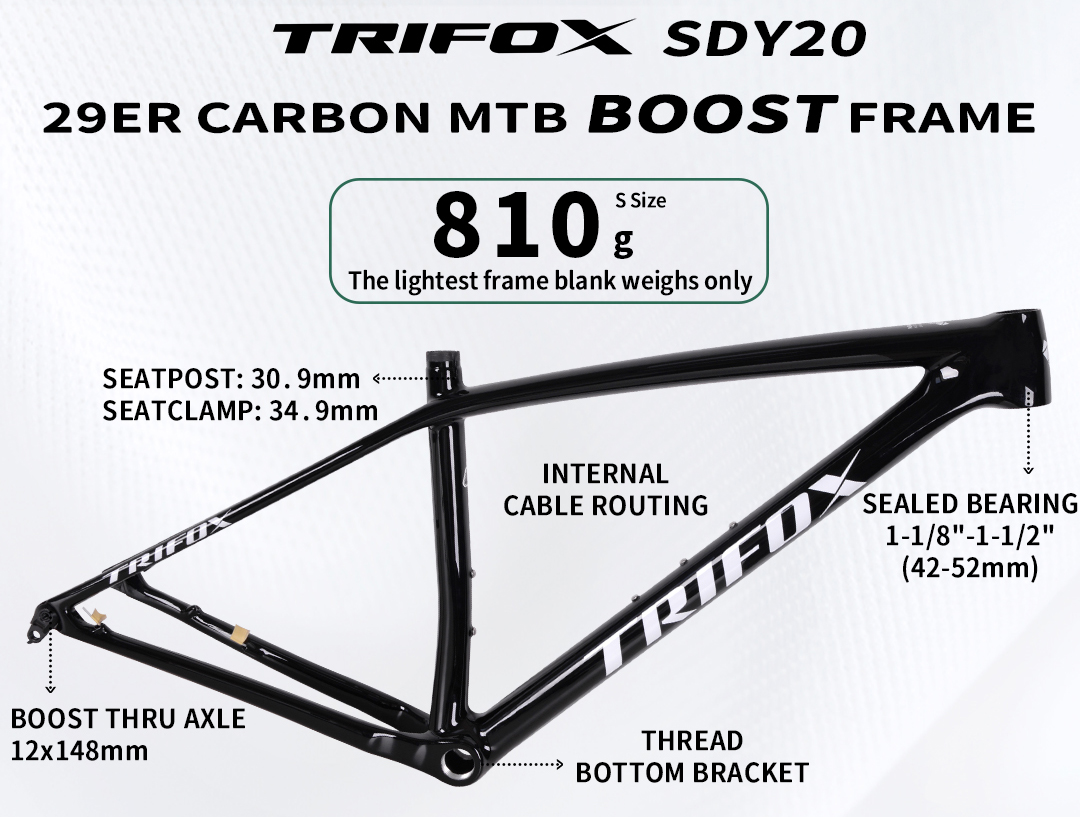
The Verdict:
The SDY20 isn't just a frame – it's Trifox's love letter to climbing. By ruthlessly cutting grams without sacrificing stiffness or control, it delivers a ride experience where the bike disappears beneath you, leaving only you, the trail, and the summit ahead.
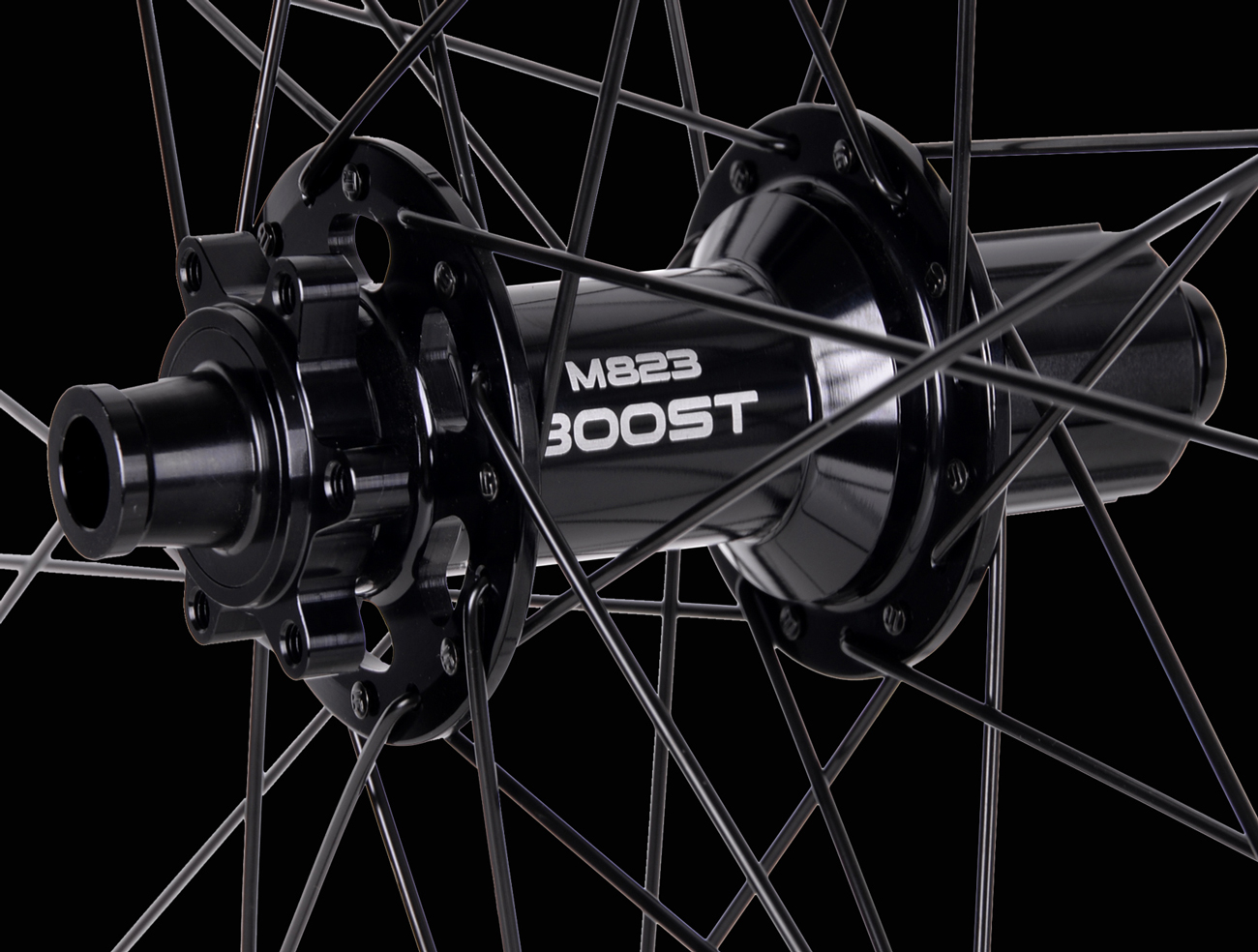
Choosing hubs isn't just about spinning wheels; it's about defining your ride. Do you crave lightning acceleration for racing, or bombproof reliability for epic adventures? The right hubs make all the difference. Here’s how to pick your perfect set:
1. The Speed Seeker’s Setup:
Lightweight Construction: Prioritize hubs made with premium alloys or carbon (like Trifox's T-Type series) to minimize rotational weight = faster acceleration.
High Engagement Points (POE): Look for 3-pawl or 6-pawl designs (e.g., Trifox T-Type hubs offer 72T/108T options). More POE means near-instant power transfer when you stomp the pedals – essential for sprints and technical climbs.
Aerodynamic Spokes: Pair with fewer, bladed spokes to cut drag.
2. The Durability Dominator’s Choice:
Robust Shell & Flanges: Choose hubs with thick, CNC-machined alloy shells (like Trifox's DH/Enduro-focused hubs). Stronger flanges better handle spoke tension and impacts.
Sealed Bearings: Double-lip, cartridge bearings (standard in quality hubs like Trifox) keep out grit, water, and grime for longer life in harsh conditions.
Higher Spoke Count: 32h or 36h builds offer greater strength and redundancy for rough trails or heavy loads.
3. The Sweet Spot? Know Your Terrain:
Road/Gravel Racing: Ultra-light hubs (like Trifox T-Type Carbon) + High POE. Weight savings reign supreme.
XC/Trail Riding: Balance is key. Moderate weight, good POE (e.g., Trifox T-Type Alloy), and reliable sealed bearings.
Enduro/Downhill: Durability first! Heavy-duty alloy hubs (like Trifox Titan), max sealing, and 32h/36h builds. POE still matters for control.
4. Don't Forget Compatibility!
Ensure the hub matches your:
Axle Standard (Quick Release, Thru-Axle size)
Brake Type (Rotor mount: 6-bolt or Centerlock)
Drivetrain (Cassette body: Shimano HG/SRAM XD/XDR, Microspline)
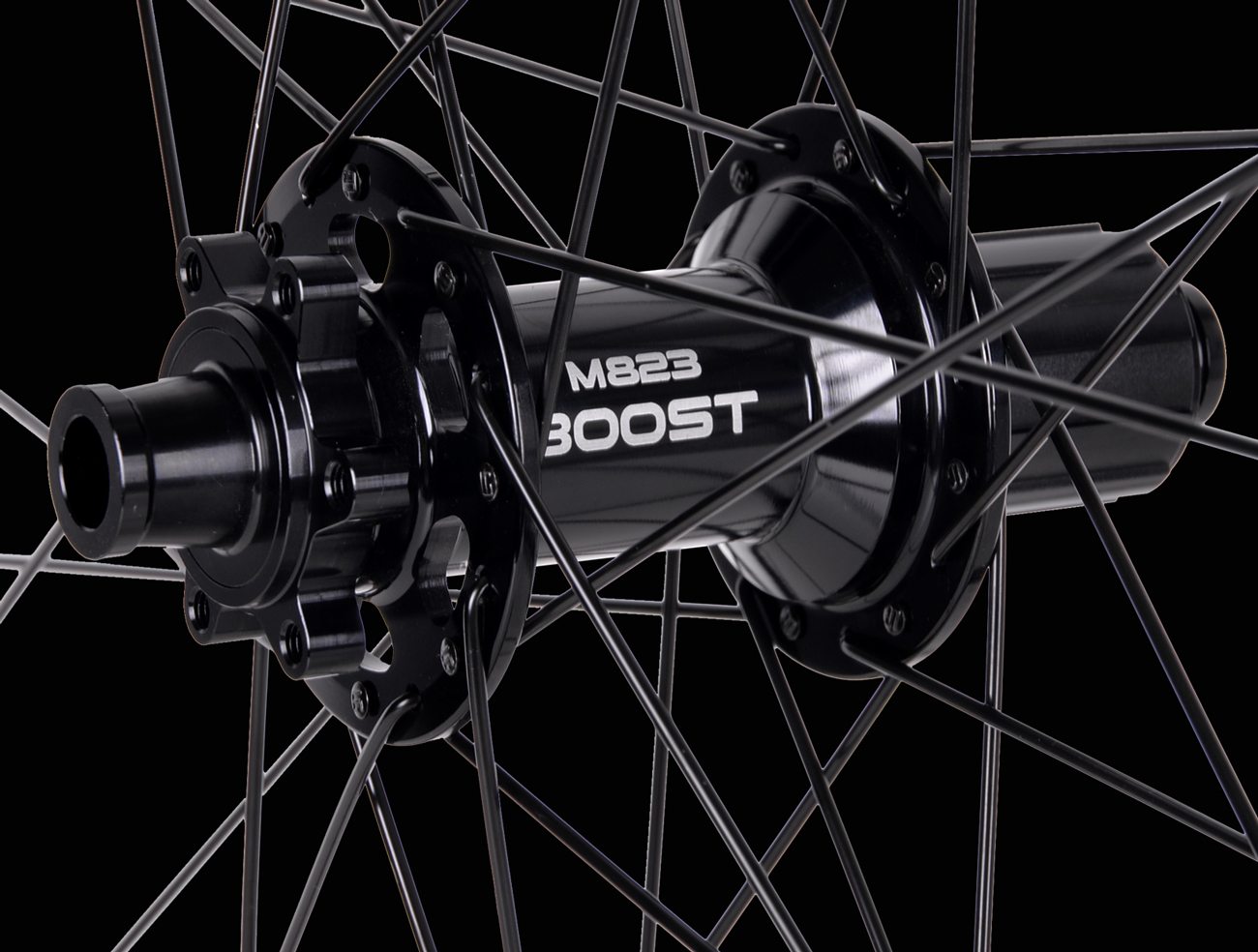
TrifoxBike: Engineered for Your Need
Whether you're chasing KOMs (T-Type Carbon Hubs for minimal weight & max engagement) or conquering rugged trails (Titan Alloy Hubs for ultimate strength & reliability), Trifox offers precision-engineered hubs designed to excel. Explore their range to find your perfect balance of speed and durability!
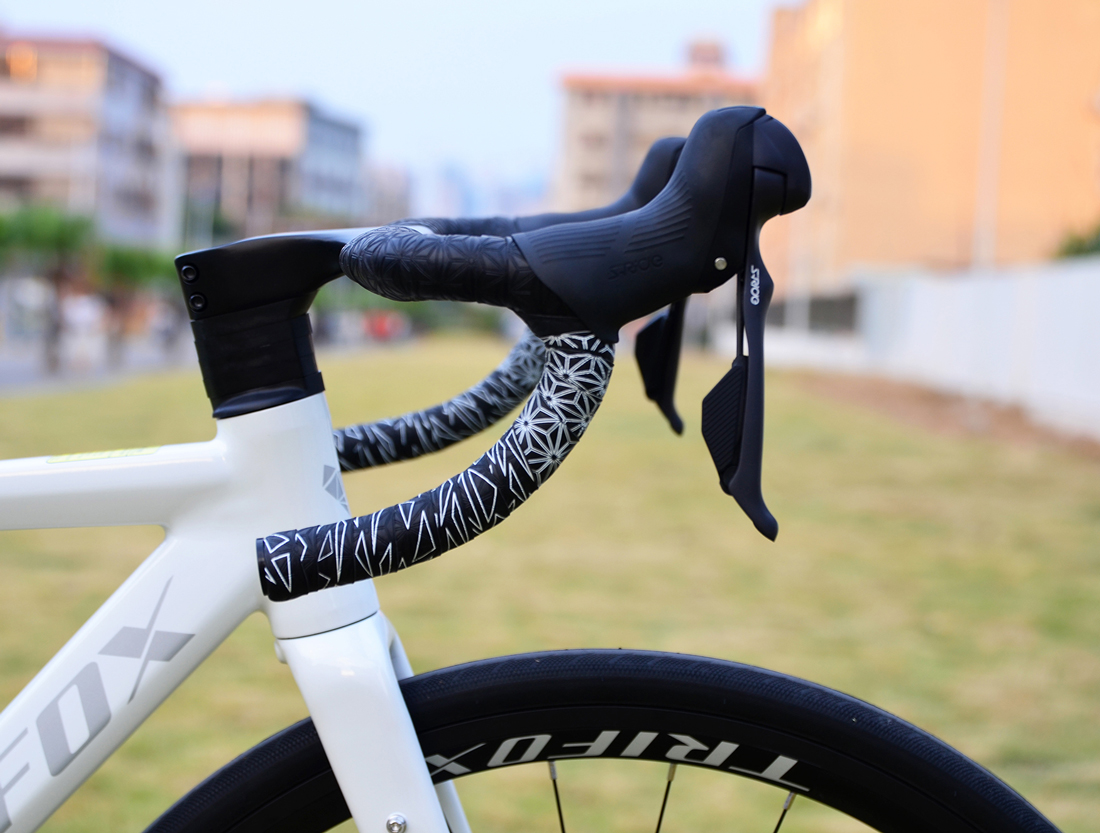
Tired of sore hands, numb fingers, or just a handlebar that looks sad and worn? Upgrading your road bike's handlebar tape is one of the easiest, most cost-effective ways to dramatically boost both comfort and style. Forget the jarring vibrations and slippery grip – fresh tape transforms your connection to the bike. Here’s how to do it perfectly in 5 simple steps:
What You Need: New bar tape, sharp scissors, electrical tape (usually included with tape), isopropyl alcohol & rag.
1. Strip & Scrub: Remove the old tape and all adhesive residue. Thoroughly clean the bars, brake levers, and shifters with isopropyl alcohol. A clean, grease-free surface is crucial for the new tape to adhere properly. Let it dry completely.
2. Start Strong (Right Side First!): Begin taping the right side. Unroll about 4-5 inches of tape. Place the end inside the bar end, plugging it slightly. Wrap downwards and outwards (away from the stem) for 2-3 wraps to create a secure anchor over the bar plug. Pro Tip: Slightly stretch the tape as you wrap for a tighter, smoother finish.
3. Wrap with Rhythm & Overlap: Continue wrapping down the bar towards the brake hood. Maintain consistent tension and a slight stretch. Overlap each previous wrap by about 1/3 to 1/2 the tape's width. This ensures full coverage and prevents gaps. When you reach the brake hood, wrap under the hood clamp for a clean look.
4. Master the Hoods: This is the trickiest part! Wrap up the brake hood body towards the lever. Make a diagonal wrap over the top of the hood, then continue wrapping down the backside towards the bar. Aim for smooth, flat wraps without bunching. Rejoin the main bar wrap smoothly below the hood.
5. Finish Flush & Secure: Continue wrapping towards the stem. Stop about 1-2 inches short. Cut the tape diagonally for a clean edge. Secure the end tightly with the included electrical tape, wrapping neatly around the bar. Repeat steps 2-5 for the left side, starting inside the bar end and wrapping downwards and inwards (towards the stem).
Voila! You've just conquered a key bike maintenance skill. Enjoy the plush vibration dampening of quality cork or gel-backed tape, the secure grip even with sweaty palms, and the head-turning style of fresh colors or patterns.
Your bike will thank you for miles to come! Remember, tape wears out – re-wrap when it gets thin, hard, or torn. Ride comfortable, ride stylish!
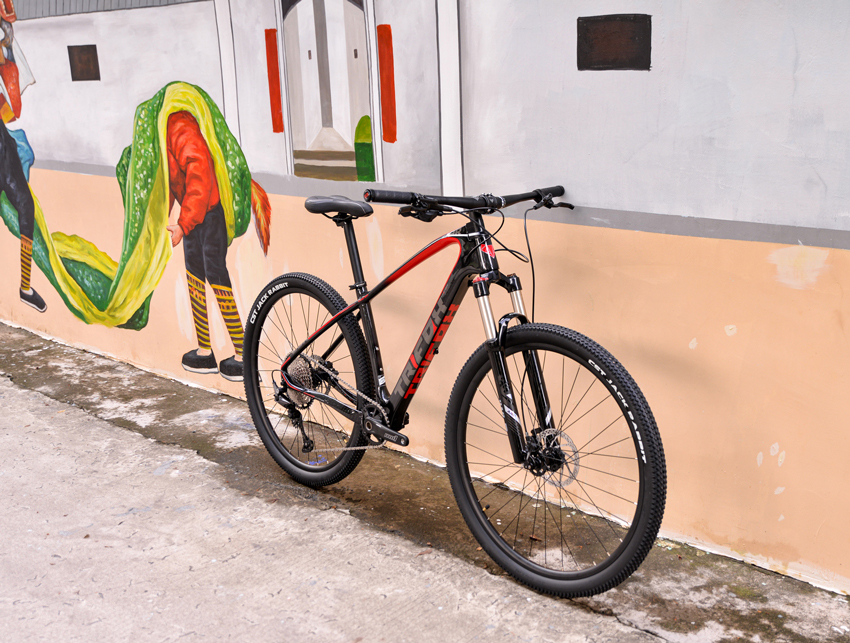
Saddle soreness, numb bits, or aching backs can ruin the joy of cycling. The good news? Discomfort isn't inevitable! Achieving a pain-free ride hinges on proper bike fit, smart positioning, and choosing the right gear. Here’s your guide to sitting comfortably:
1. Find Your Foundation: Saddle Height is Key
Heel Method: Sit on the saddle. Place your heel on the pedal at its lowest point. Your leg should be almost straight (slight bend). When pedaling with the ball of your foot, you’ll have a 25-35 degree knee bend.
Why it works: Too low strains knees; too high causes rocking hips and saddle pressure. Correct height ensures efficient power transfer and stability.
2. Dial in Fore/Aft Position (Saddle Setback):
Your knee should align vertically over the pedal spindle when the crank is horizontal (3 o'clock position). Use a plumb line or have someone check.
Why it matters: Incorrect setback overloads hands, shoulders, or perineum, causing pain.
3. Level Your Saddle (Usually!):
Start with the saddle perfectly level. Use a spirit level app on your phone. Minor adjustments (1-2 degrees nose down or up) can help, but drastic angles often create new problems.
Avoid: Tipping the nose up significantly increases perineal pressure. Tipping it down slides you forward, straining arms and shoulders.
4. Engage Your Sit Bones (Ischial Tuberosities):
Sit upright on the saddle’s widest rear section. You should feel your weight firmly on these two bony points – not on soft tissue.
Tip: Wear padded cycling shorts ("chamois") to cushion these bones. Regular underwear causes friction and chafing.
5. Maintain a Neutral Spine & Relaxed Upper Body:
Avoid rounding or over-arching your lower back. Engage your core slightly.
Keep elbows slightly bent, shoulders relaxed and down (not hunched near ears). A stiff upper body transmits shock and causes neck/shoulder pain.
6. Stand Up Regularly!
Shift your weight, pedal out of the saddle for 10-30 seconds every 10-15 minutes. This relieves pressure and boosts circulation, preventing numbness.
7. Invest in the Right Saddle:
Measure Your Sit Bones: Use cardboard or a memory foam pad to find your sit bone width. Choose a saddle at least 20mm wider than this measurement.
Shape Matters: Consider cutouts/relief channels if you experience soft tissue pressure or numbness. Test saddles if possible.
8. Consider Suspension & Dampening:
A carbon seatpost, suspension seatpost, or wider tires run at lower pressure can significantly reduce road/trail vibration transmitted to your body.
Listen to Your Body & Adjust Gradually:
Minor tweaks (1-2mm saddle height, slight tilt) make a big difference. Change one thing at a time and test ride.
Some initial discomfort adapting to a correct position is normal, but sharp pain or numbness means STOP and re-evaluate.
The Takeaway:
Comfort comes from aligning your body correctly on a bike suited to you. Prioritize saddle height, setback, and level. Support your sit bones, stay relaxed, move often, and don’t suffer silently – the right setup feels amazing! If pain persists, consult a professional bike fitter. Ride happy, ride pain-free!


























































